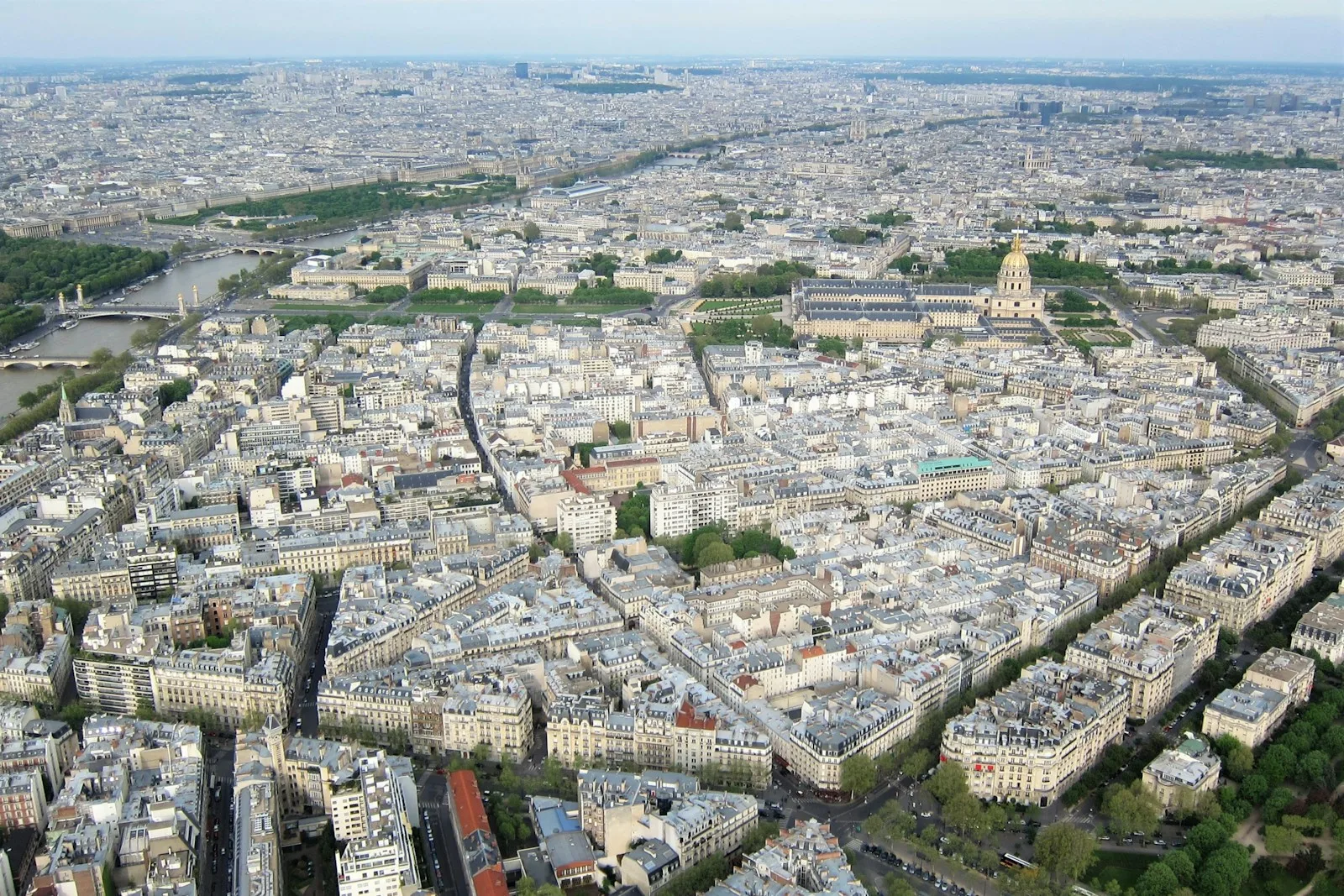Table of Contents
Introduction: The Significance of Iconic Buildings in Cities
Urban landscapes worldwide are adorned with iconic structures that define their skyline and contribute to the identity of a city. These architectural marvels transcend mere buildings; they represent a city’s spirit, culture, and aspirations.
Architectural Diversity Across Cities
Cities boast diverse architectural styles, from the historic charm of European cathedrals to the futuristic skyscrapers of Asian megacities. Each structure adds a unique character to its surroundings, shaping the visual tapestry of the city.
Cultural and Economic Impact of Iconic Structures
Iconic buildings often serve as symbols of national pride or cultural heritage, attracting tourists and fostering local pride. Additionally, they play a vital role in stimulating economic growth by drawing investments and boosting tourism-related industries.
Innovative Design and Engineering Feats
The design and engineering behind these structures showcase human ingenuity and progress. From the Burj Khalifa’s soaring height to the Sydney Opera House’s distinctive sails, these buildings push the boundaries of architectural innovation.
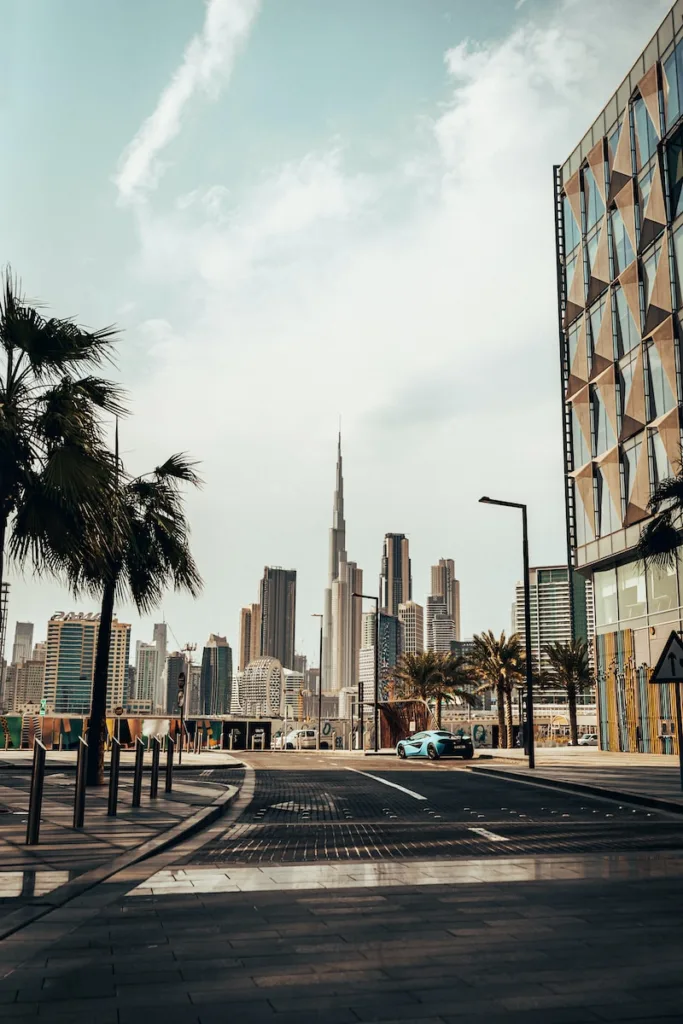
Challenges in Building Iconic Structures
Constructing such monumental buildings comes with challenges, including environmental concerns, logistical complexities, and the need for sustainable practices to ensure a minimal ecological footprint.
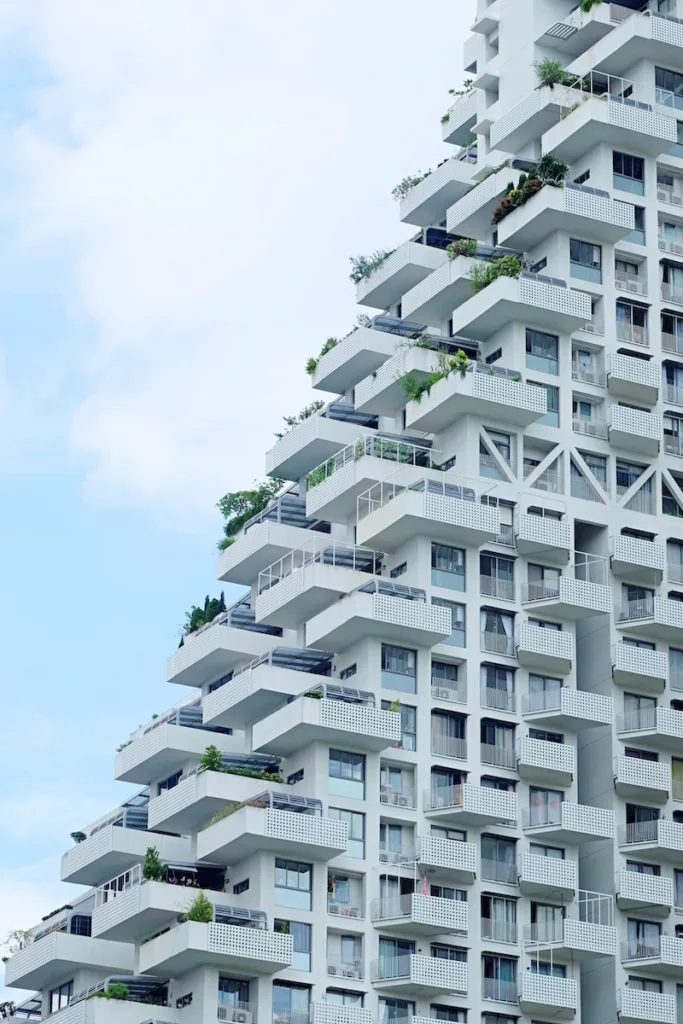
Case Studies: Exploring Notable Metropolitan Marvels
Delve into the histories and significance of iconic buildings like the Eiffel Tower, Empire State Building, and Petronas Towers, unraveling their stories and their impact on their respective cities.
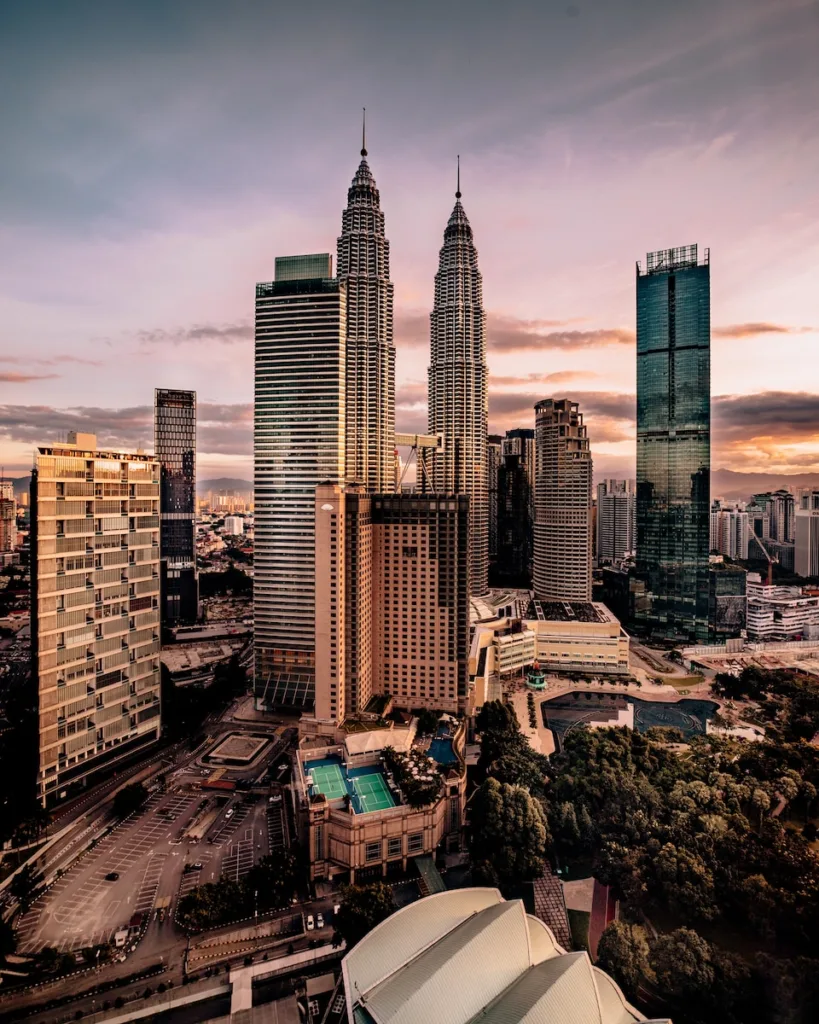
The Future of Urban Architecture
The future of urban architecture promises an amalgamation of sustainability, technology integration, and innovative design. Concepts like green architecture and smart buildings will shape the skylines of tomorrow.
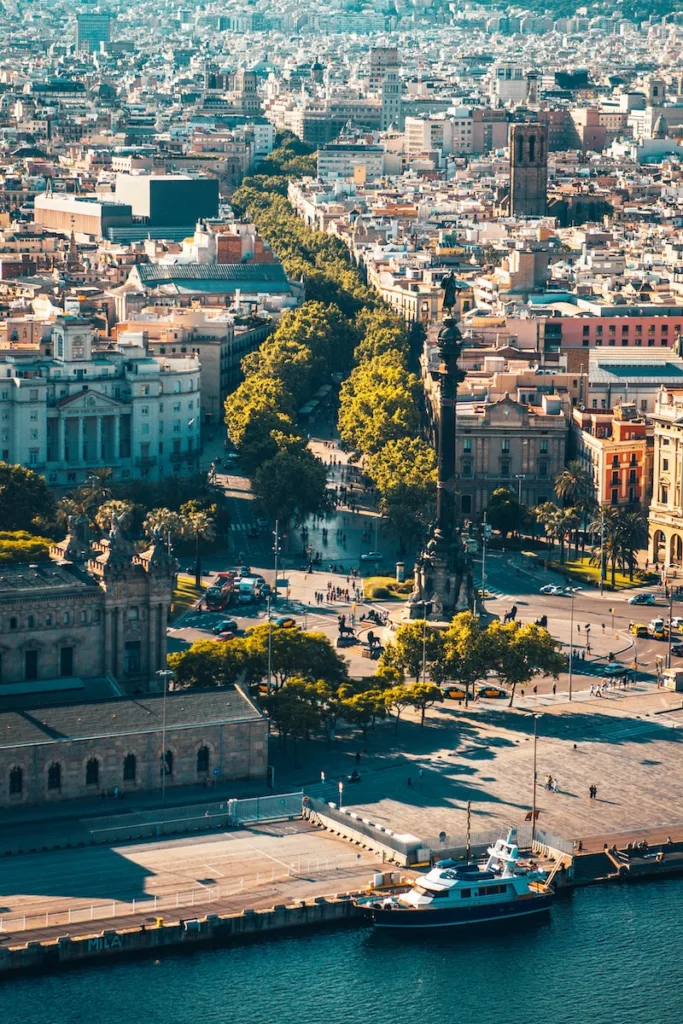
Conclusion
Metropolitan marvels stand as testaments to human creativity and advancement, leaving an indelible mark on the urban landscape. These iconic structures not only redefine cityscapes but also embody the aspirations and achievements of societies.
FAQs
- What defines an iconic building?
- Iconic buildings are typically recognized for their unique design, cultural significance, or historical importance, becoming landmarks in their respective cities.
- How do iconic buildings contribute to the economy?
- They attract tourists, generate revenue from visitor spending, and often become focal points for business activities, enhancing the local economy.
- What challenges do architects face when designing iconic structures?
- Architects encounter challenges related to design innovation, structural integrity, environmental impact, and often budgetary constraints.
- Do all cities have iconic buildings?
- Not all cities have globally recognized iconic structures, but many have landmarks that hold significance at regional or national levels.
- Can iconic buildings become outdated?
- While the design or purpose of a building may evolve, many iconic structures retain their cultural and historical value, continuing to be revered even as architectural styles change.
